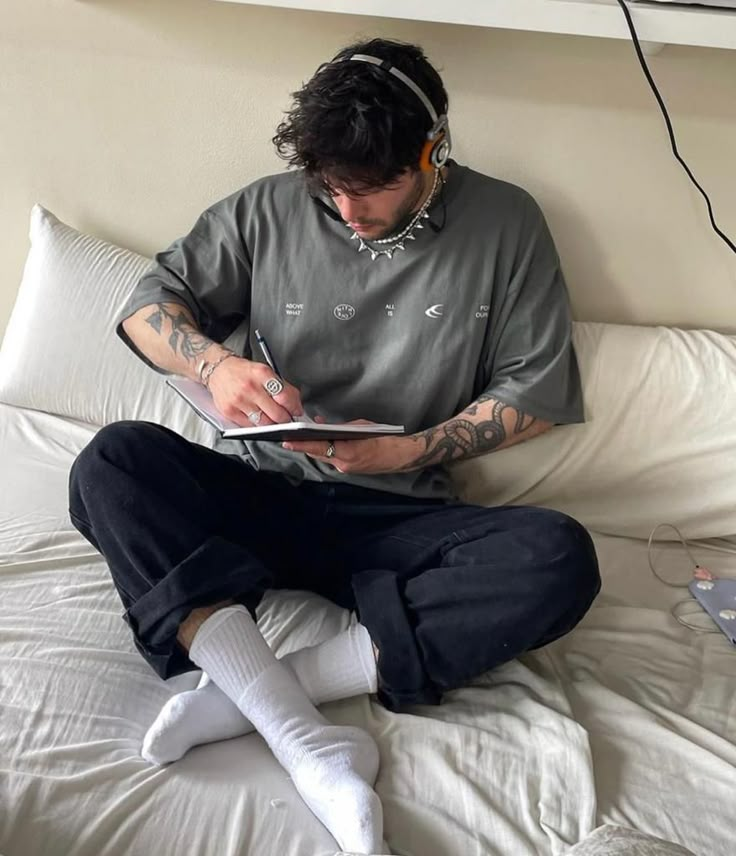Introduction
In 2025, fashion has moved into an entirely new realm where digital integration is no longer a futuristic dream but an everyday norm. For today’s youth—true digital natives—fashion is not just about what you wear, but how it’s experienced, shared, and evolved online. With the explosion of tech-driven creativity, young consumers are embracing garments that speak not only to aesthetic preferences but to values like innovation, inclusivity, and sustainability. From smart fabrics and virtual wardrobes to NFT wearables and algorithmic couture, fashion has become an interactive, immersive ecosystem. “Digital Natives, Digital Styles” captures the essence of this new wave of expression.
This generation has grown up in a hyper-connected environment, and their fashion choices reflect that. Technology is no longer an accessory to clothing—it’s embedded within it. The youth of 2025 wear styles infused with data, augmented with reality, and constructed to move fluidly between the digital and physical. In this tech-empowered era, individuality, speed, and experience define style more than labels ever did.
Techwear Transformed: Smart Fabrics and Connected Clothing
One of the most groundbreaking advancements shaping youth fashion in 2025 is the emergence of smart textiles. These innovative materials go far beyond traditional wearables by integrating sensors, microprocessors, and reactive properties directly into the fabric. Young consumers are wearing garments that monitor health, adjust to temperature changes, and even shift color based on environmental stimuli or user mood.
Smart hoodies can track heart rate and hydration levels, while T-shirts may change texture depending on UV exposure. These functional enhancements not only elevate style but also align with youth culture’s emphasis on performance, versatility, and interactivity. Techwear has shifted from niche to mainstream, embraced as a lifestyle that complements the fast-paced digital realities of the new generation.
From Avatars to IRL: Virtual Fashion Goes Physical
Virtual fashion was once an experimental concept, but by 2025, it’s become a core component of how young people engage with clothing. Avatars in gaming and social media platforms now serve as canvases for creative expression, and digital garments—purchased as NFTs or accessed via AR filters—enable wearers to showcase unique looks without physical production. These garments live on digital platforms, ready to be styled, shared, and seen by global audiences.
However, this digital presence has also influenced real-world designs. What begins as a virtual concept often transitions to physical form, as brands capitalize on data from virtual engagement to craft garments that reflect users’ online behavior. The result is a dynamic, cyclical relationship between digital styling and tangible fashion—one that values creativity, customization, and sustainability in equal measure.
Conclusion
The rise of tech-infused fashion in 2025 marks a pivotal moment in the way youth express identity and creativity. With innovation at its core, this movement empowers young consumers to become co-creators of their personal style across both digital and physical realms. Whether through responsive materials, digital avatars, or blockchain-based ownership, the fashion of tomorrow thrives on connection, functionality, and evolution.
“Digital Natives, Digital Styles” is more than a trend—it’s a testament to how technology has reshaped self-expression for a generation born in the age of algorithms. As fashion continues to adapt to rapid technological change, its role as both a personal and cultural force grows stronger, smarter, and more immersive with each digital thread.



